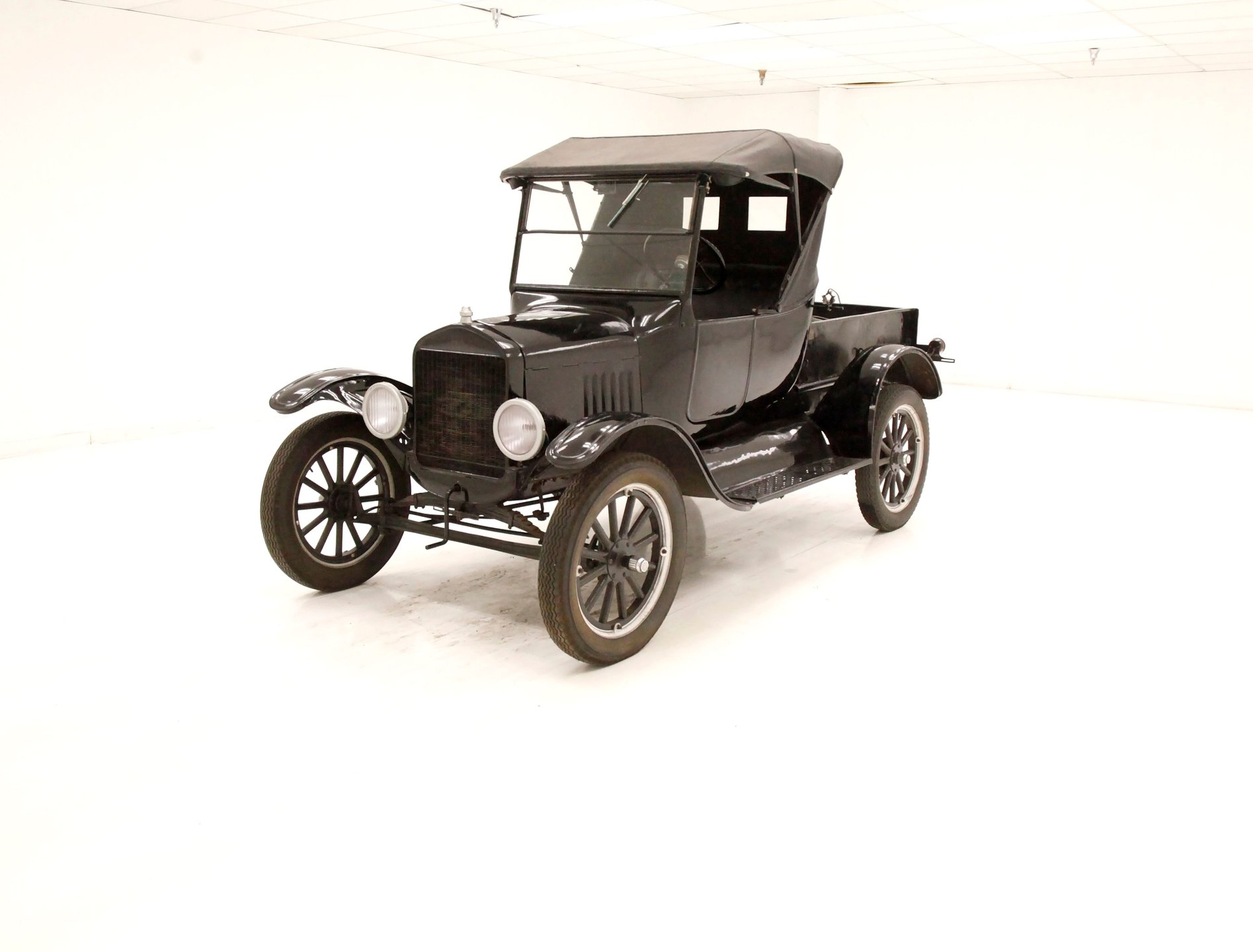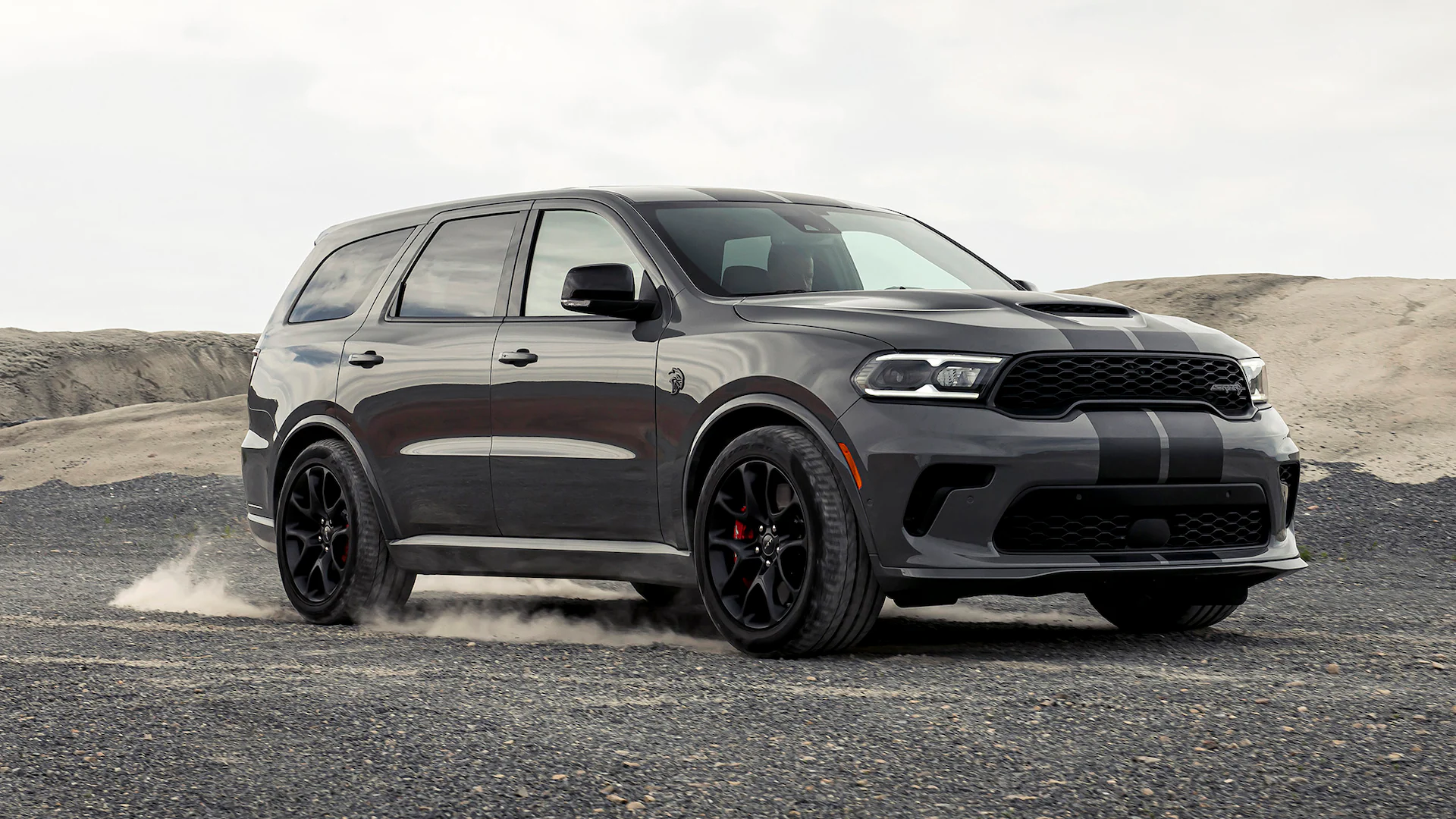Introduction
In North America it’d be difficult to drive for more than 10 minutes without seeing a pickup truck, they are amongst the most popular types of vehicles in North America. This is for good reason too, they tend to perform well in crash tests due to their larger size and weight, they have tons of cargo space, can handle inclement weather and nowadays can come with luxurious interiors. Today people use them as work trucks, family haulers, snow plows, daily drivers, tow trucks, and for nearly anything else you can think of. For as long back as I can remember, it seems to me that pickups were always popular, and it got me thinking – When was the first pickup created? The answer may surprise you, I certainly found researching this stuff to be interesting.

What is a Pickup Truck?
A pickup truck is a vehicle that has a cabin and an exposed cargo bed in the rear. They are generally designed to be used for work, they are capable of carrying large and heavy loads as well as towing heavy trailers. Because of this they often are fitted with engines that can produce large amounts of torque (read my article about torque and horsepower here or watch the YouTube video here or watch the TikTok here).
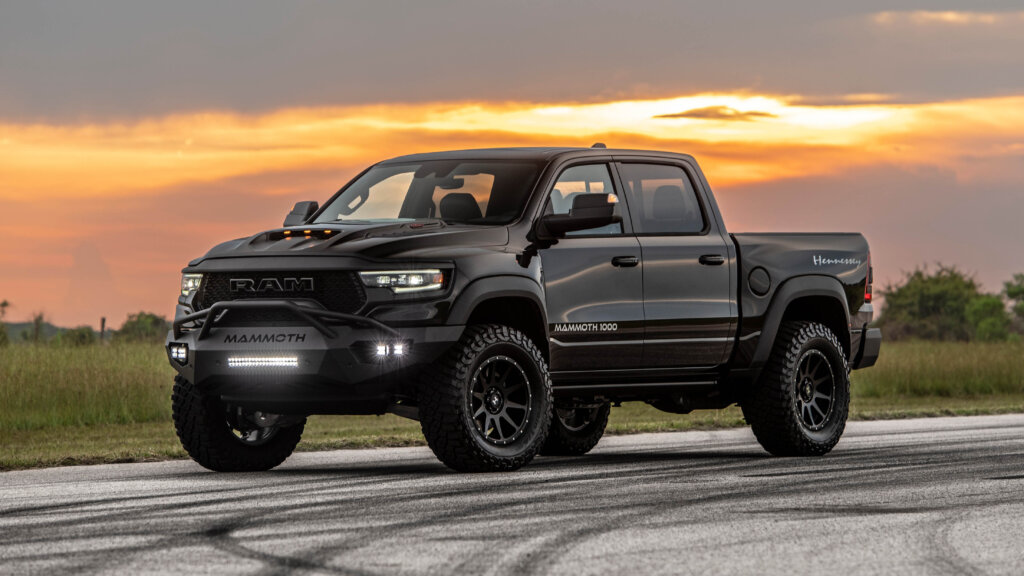
To increase the amount of weight they can handle, pickup trucks are constructed as a body / shell on a very strong frame, this is called body-on-frame construction. In contrast, most other vehicles are constructed of a unibody, this is a single piece of metal that is cast in the shape of the car. Body-on-frame construction allows for trucks to handle more abuse and much heavier loads, but this comes at the cost of ride quality. While unibody vehicles are weaker, they typically offer far greater comfort. Many people go as far as saying that if a vehicle isn’t body-on-frame it can’t be called a truck (they’re looking at you, Honda Ridgeline), but I personally don’t really care. I have plans in the near future to publish an entire article body-on-frame and unibody construction – so stay tuned for that.
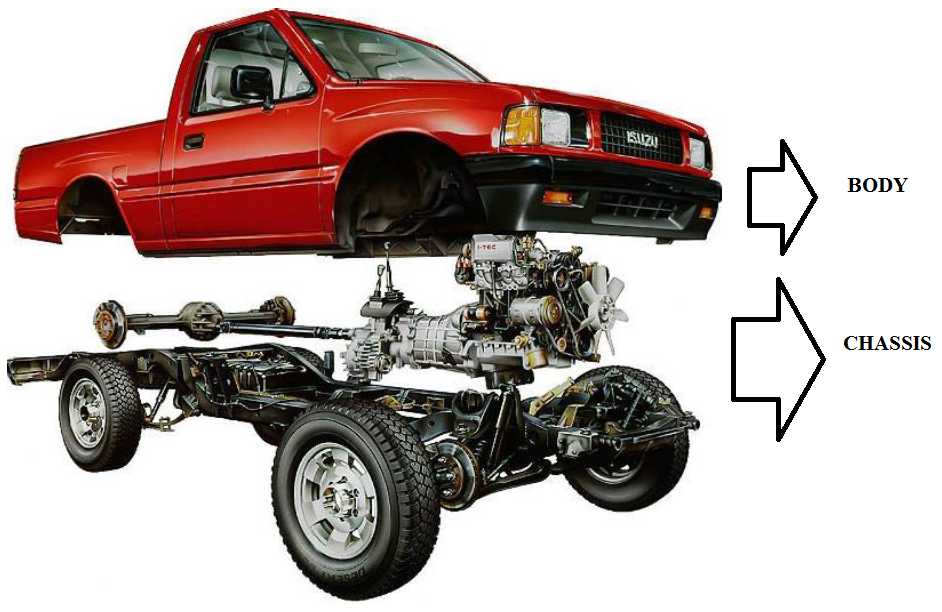
As I stated in my introduction, pickups have since evolved from basic work trucks into vehicles that can be used for nearly any purpose. Most manufacturers offer a plethora of trim level combinations to allow buyers to spec pickup trucks to their exact needs. These trim levels can get confusing, but luckily there are some standard truck classes that can help us.
Trucks are classified in one of 8 classes through their Gross Vehicle Weight Rating, but I won’t go into details about that here (I have plans in the future for an entire article about this). Instead I’ll provide a simpler scale that is derived from the GVWR, this scale has 3 classes: Half-Ton, Three-Quarter-Ton and One-Ton. These classes refer to the amount of weight that the truck can carry as payload (1 ton = 2000lbs = 900kgs), so a Half-Ton truck would have a payload of about 1000lbs, a Three-Quarter-Ton truck about 1500lbs and a One-Ton truck about 2000lbs. These payload rankings aren’t 100% accurate, but they serve to generally classify trucks.
Half-Ton trucks are light duty pickup trucks and are the most popular class, it includes trucks such as the Dodge Ram 1500, Ford F-150, Chevrolet Silverado 1500, GMC Sierra 1500, Nissan Titan and Toyota Tundra. Most people who buy trucks nowadays don’t actually need them to move extremely heavy loads, some people don’t need to move any loads at all, they just want the size, the drivetrain (read my article about drivetrains here), and sometimes the look. Therefore, they buy half-ton trucks, since they don’t need the power or capability of the higher classes. These trucks tend to be powered by gasoline or hybrid engines.
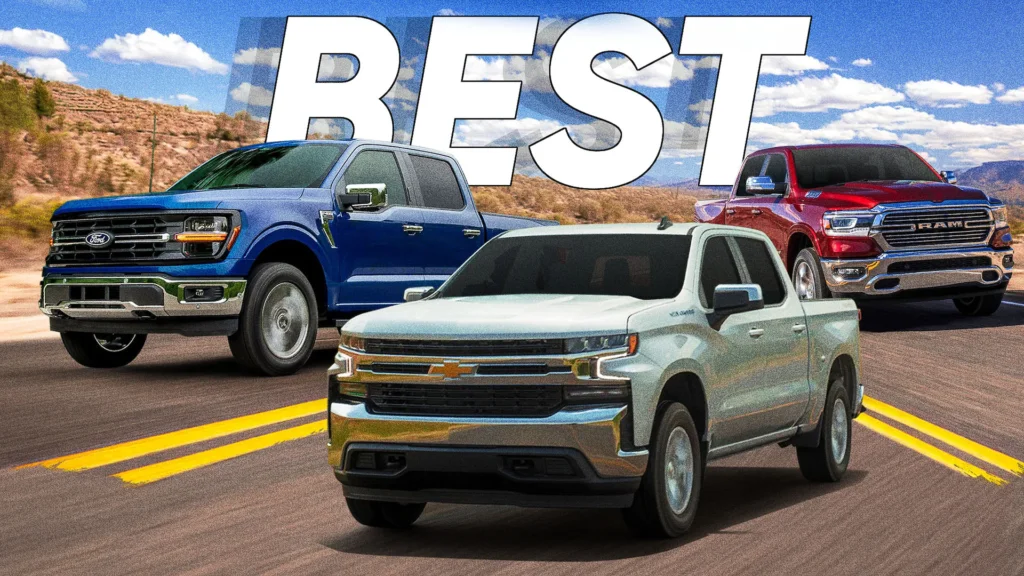
Three-Quarter-Ton trucks are heavy duty pickup trucks, they include vehicles such as the Ford Super Duty F-250, Dodge Ram 2500, Chevrolet Silverado 2500 and GMC Sierra 2500. These trucks are popular amongst tradesmen, construction workers, or anyone who needs to haul heavy payloads and use their truck as a work truck. These trucks are usually powered by diesel or large gasoline engines that produce lots of torque.
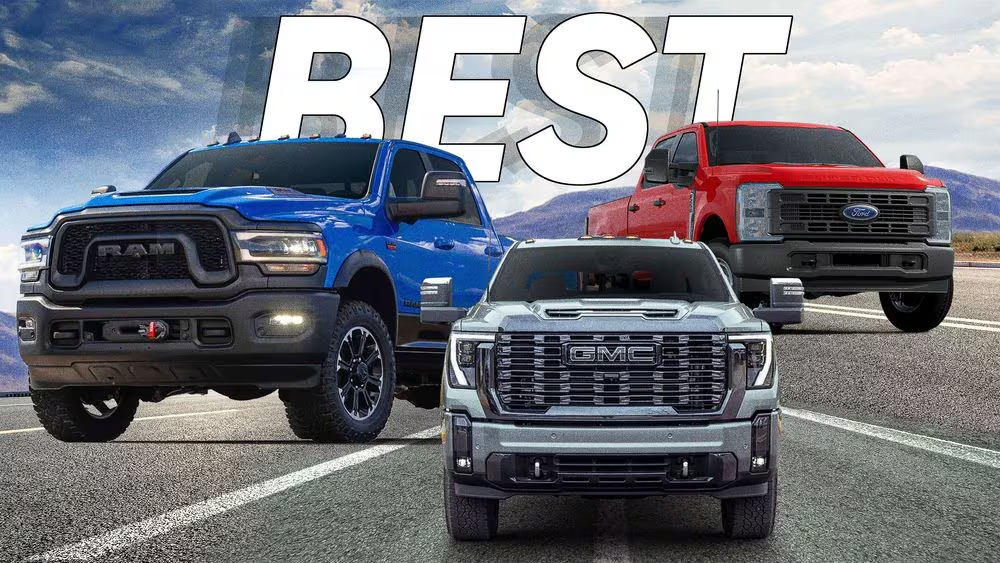
One-Ton trucks are usually the heaviest class that can be bought at dealerships and are the real big boys. They are used for hauling large commercial trailers or loads and tend to be amongst the most expensive trucks. Some examples of one-ton trucks are the Ford Super Duty F-350, Dodge Ram 3500, Chevrolet Silverado 3500 and GMC Sierra 3500. These trucks are powered by diesel engines and have upgraded components that allow them to handle these heavier loads.
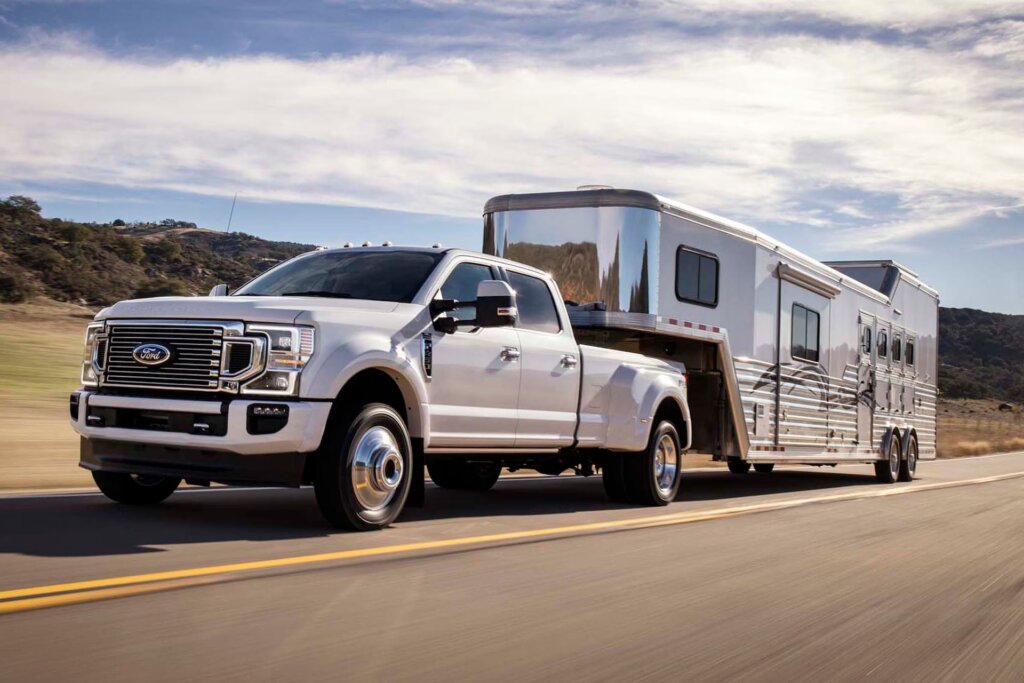
Ford
The Ford Motor Company holds the title of America’s best-selling truck for nearly 50 years with their F-series lineup (though I must concede that I don’t entirely agree with this title, because the F-series is not a single truck, it is an entire lineup of different trucks, but that’s just what I think). Given the wealth of success that they have had with their pickup trucks, it should come at no surprise that Ford was responsible for creating the pickup truck.

The 1925 Ford Model T Roadster with Pickup Body (they also coined the term pickup) is credited as the first factory produced pickup. Prior to 1925 people, dealers and companies had been modifying regular Model Ts to have cargo boxes, but this was the first one that was produced by a factory.
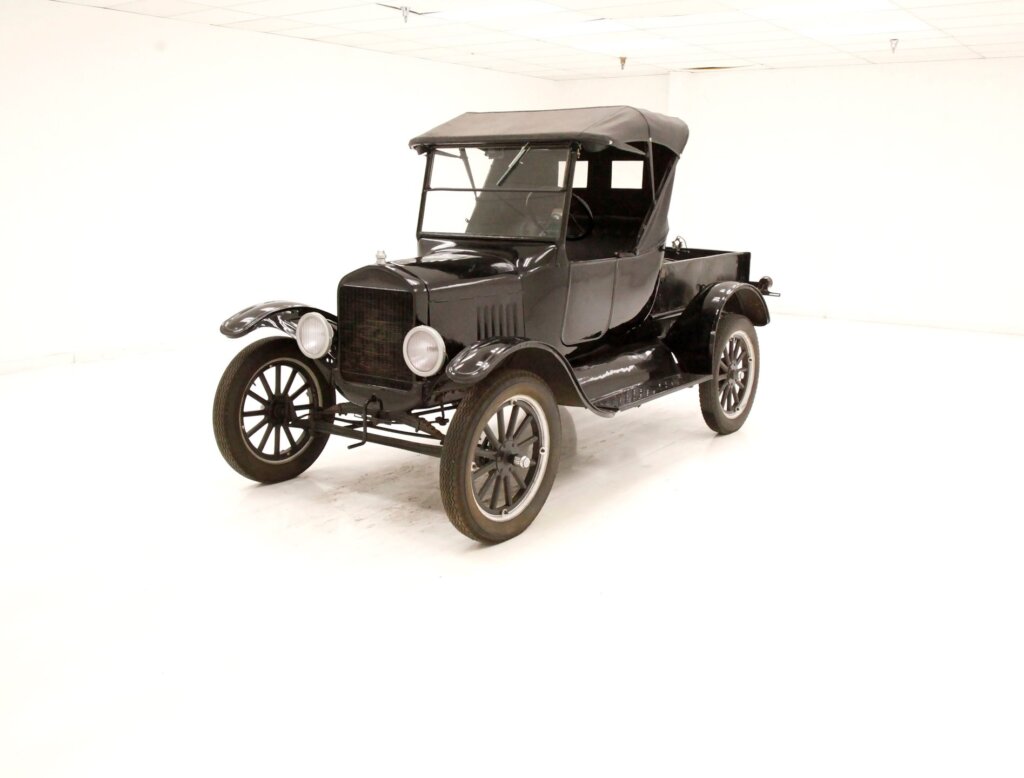
The Model T had a cargo bed that was about 4.5ft by 3.5ft, small by todays standard but in 1925 it was quite the innovation. It was powered by a four cylinder engine that produced a whopping 40 horsepower. It definitely would not compare to even the lightest duty pickup trucks of today, but it got the job done back then and sparked a great journey.
Here we are, 100 years later and now pickup trucks are amongst the most sought after and advanced vehicles in North America. I wonder if Henry Ford saw this as his vision back in 1925 when the first pickup was produced.
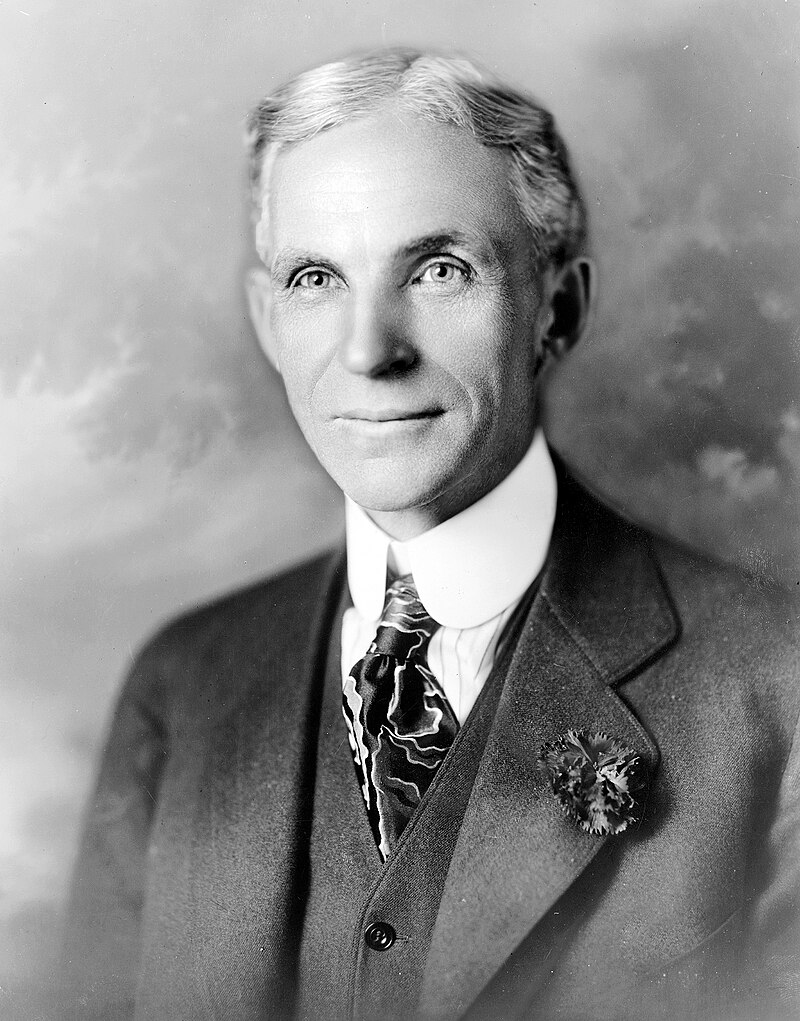
Sources: Car and Driver, duPont Registry, Wikipedia, cars.com, thehenryford.org, Akins Ford, Classic Auto Mall, Dentside Depot, TopGear, AutoInfoMe, MotorTrend, Ford Canada

